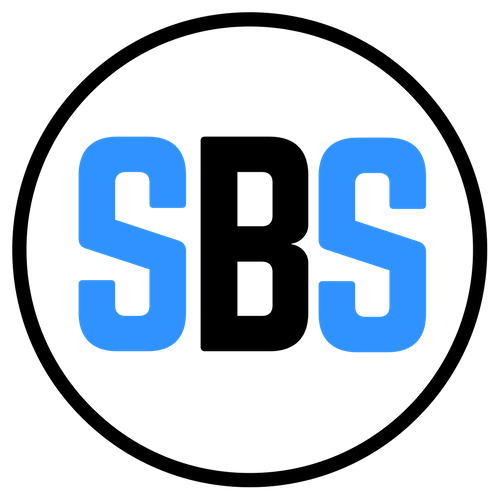Depreciation
Important Concepts
Tangible Assets
- Tangible assets are physical and measurable assets that are used in a company’s operations.
- Example: Property, plant, and equipment, are tangible assets. Land is also included.
Cost of an Assets
- The Cost of assets is the monetary costs involved in acquiring, installing and commissioning assets. Simply, it is the money involved in purchasing the asset and putting it into use.
- Example, the cost of a machine includes its purchase price, transportation expenses, and installation charges.
Depreciation
- The reduction in the value of an asset over its useful life that occurs over time due to usage, wear and tear, or obsolescence.
- To calculate how much the value of an assets decreases due to depreciation, we first need to know their original costs.
- Depreciation is an expense which results in a decrease in a company’s resources. As the asset ages, it decreases in value and becomes closer to the end of its usable life.
Accumulated Depreciation
- is a long-term contra asset account (an asset account with a credit balance) that is reported on the balance sheet under the heading Property, Plant, and Equipment.
- Accumulated depreciation is the total amount of a asset’s cost that has been allocated to depreciation expense (or to manufacturing overhead) since the asset became operational
- Accumulated Depreciation is credited when Depreciation Expense is debited each accounting period.
- The journal entry for depreciation is to debit the Depreciation Expense account (in the income statement) and credit the Accumulated Depreciation account (in the balance sheet as a contra account that reduces the amount of fixed assets)
Rate of Depreciation
- This is determined according to the estimated pattern of an asset’s useful life term.
Book Value
- Net Book Value is the asset’s net value at the start of an accounting period.
- It is calculated by taking the cost of the fixed asset minus the accumulated (total) depreciation.
Residual or Scrap Value
- Residual Value is the estimated scrap or trade value at the end of the useful life of the asset.
- The residual value is recovered at the end of an asset’s useful life, there is no need to charge the portion of cost equal to the residual value.
Main Types of Depreciation Methods
- Depreciation expense is the allocation of the cost of a tangible asset over its useful life i.e. the reduction in the value of an asset that occurs over time due to usage, wear and tear, or obsolescence.
- There are several types of depreciation expense and different formulas for determining the book value of an asset. The methods of depreciation that we will discuss are:
- Straight-line method
- The Diminishing balance method / Reducing Balance Method
